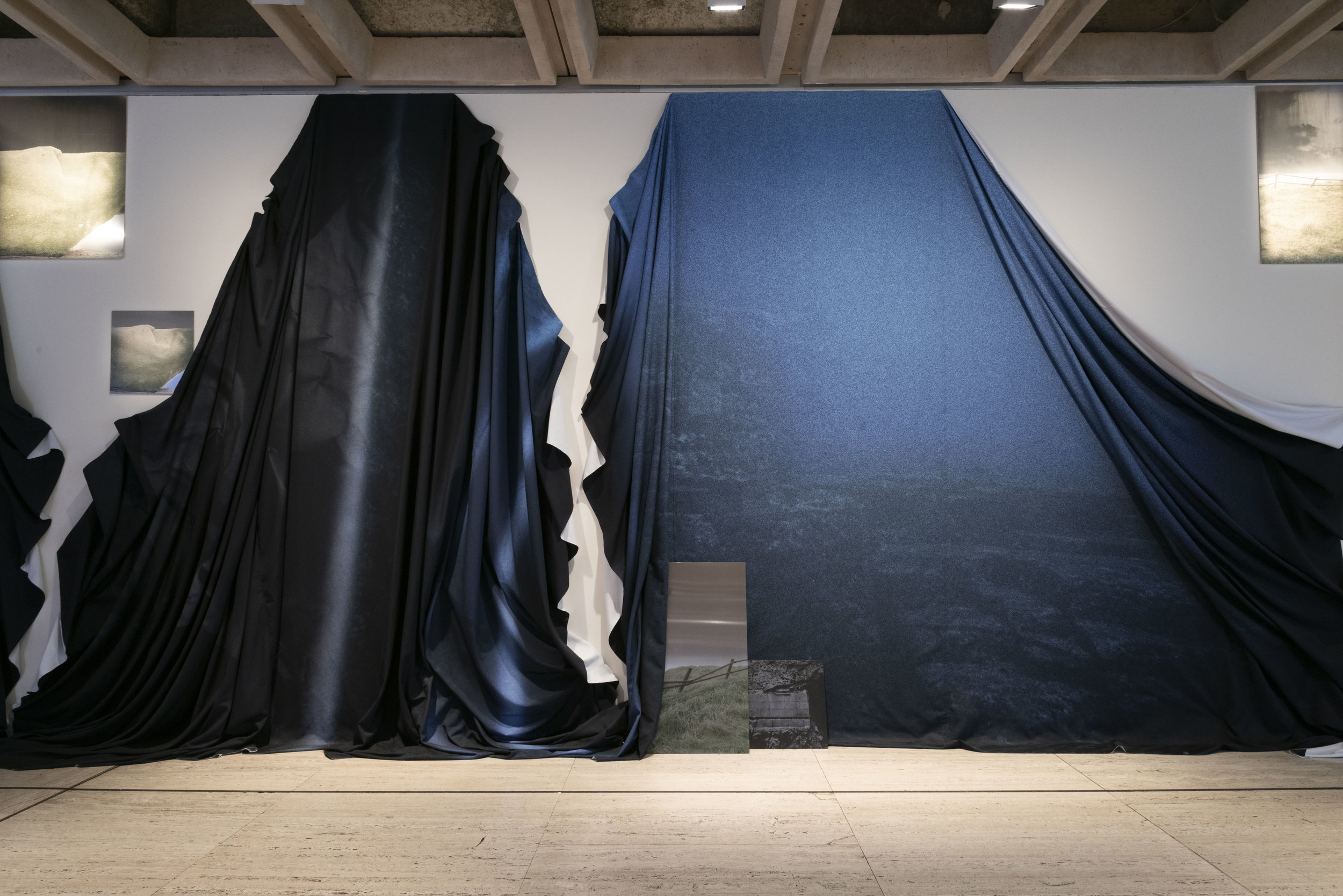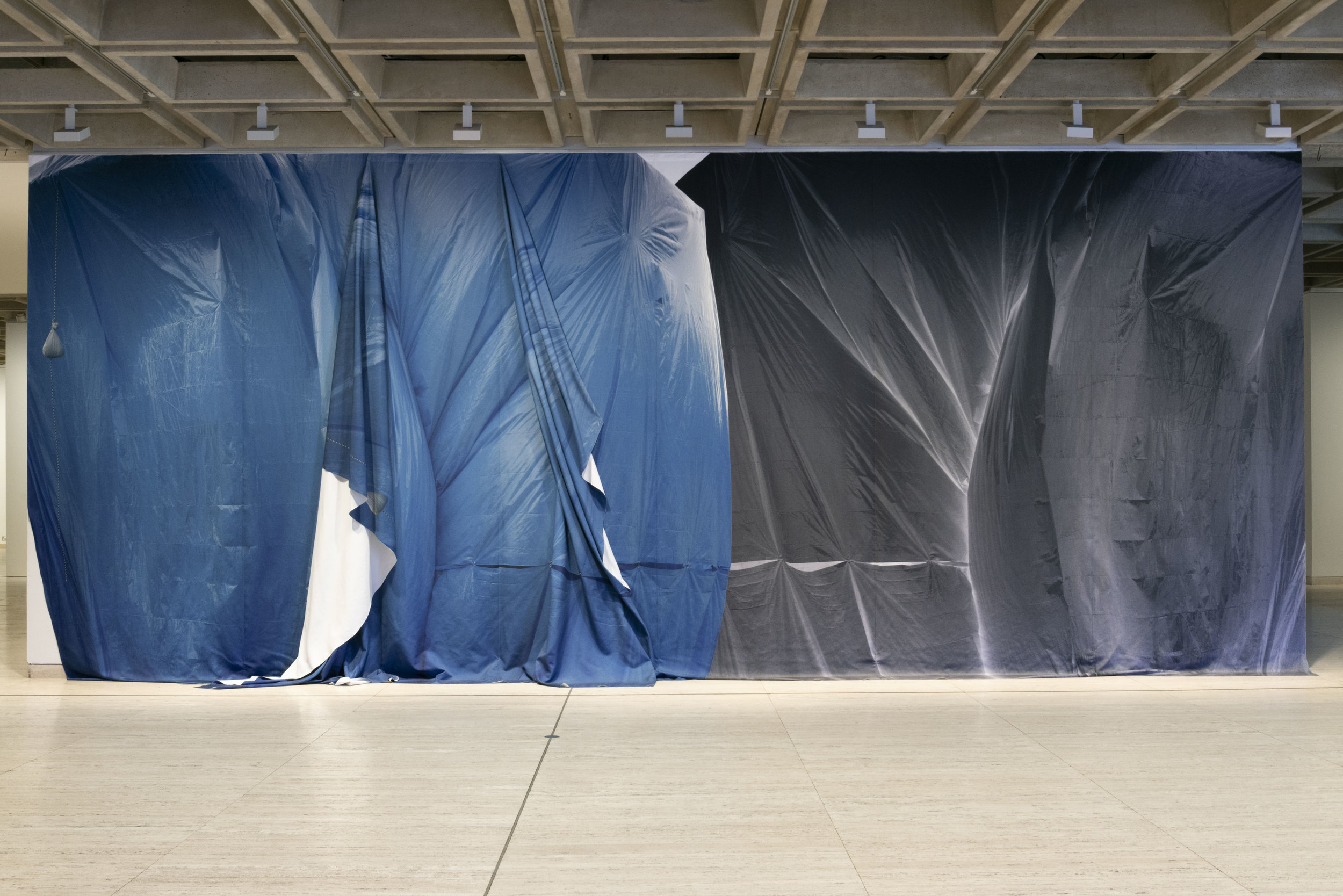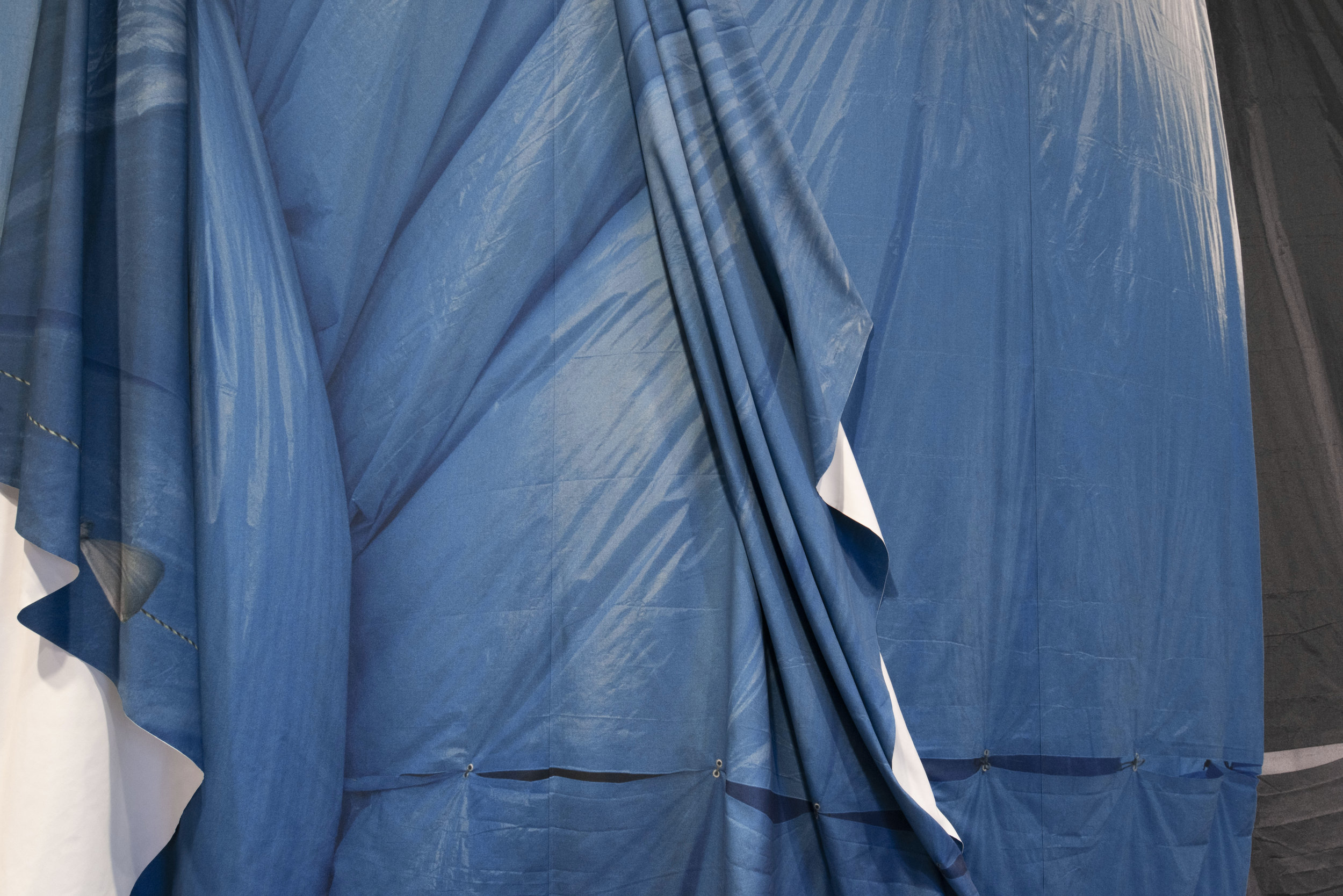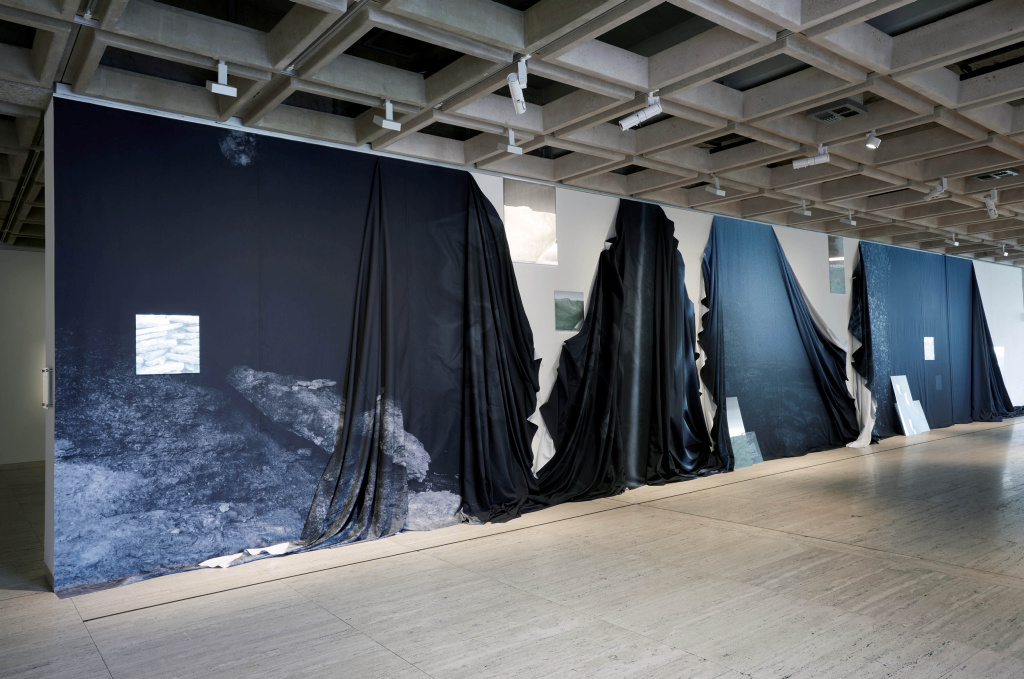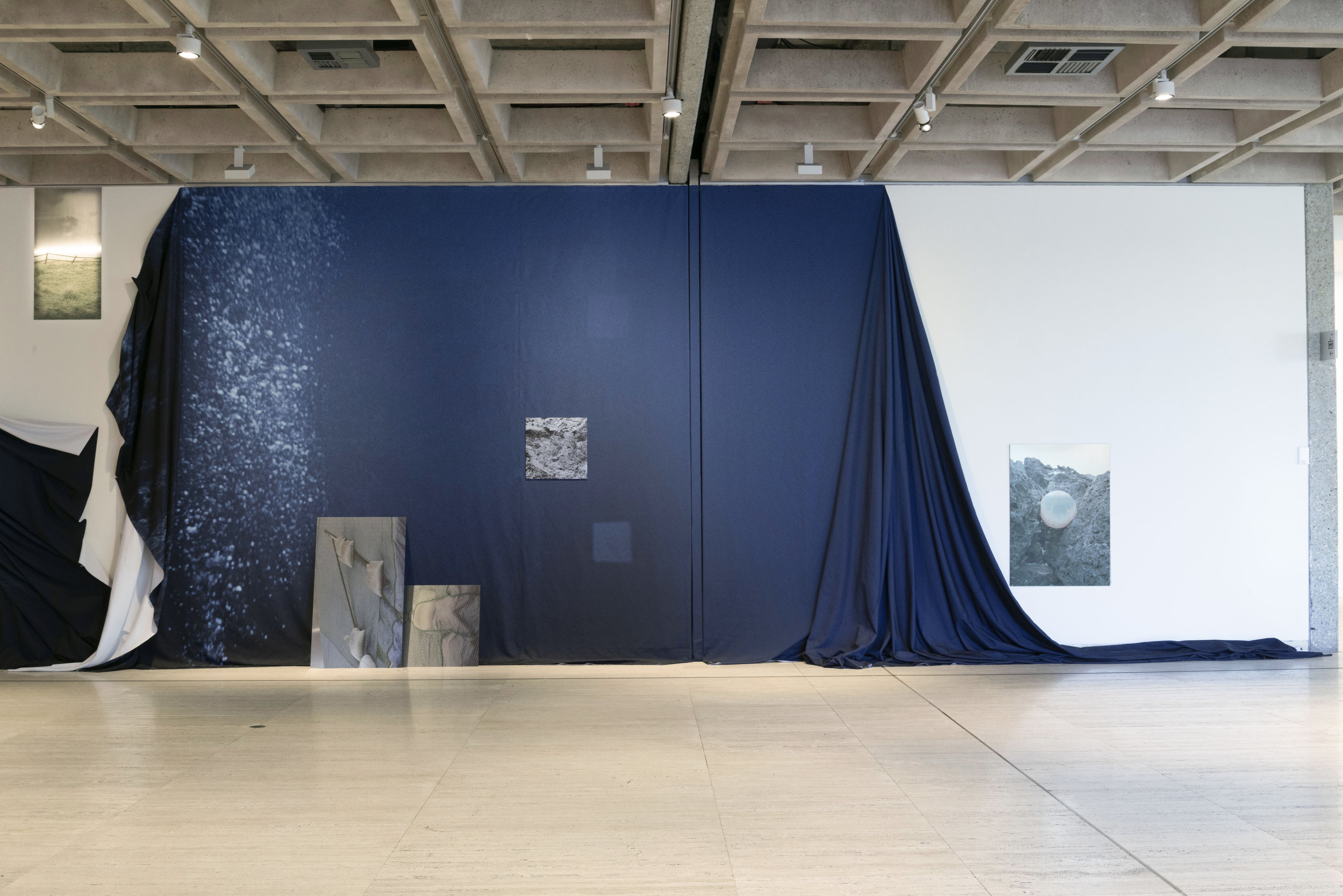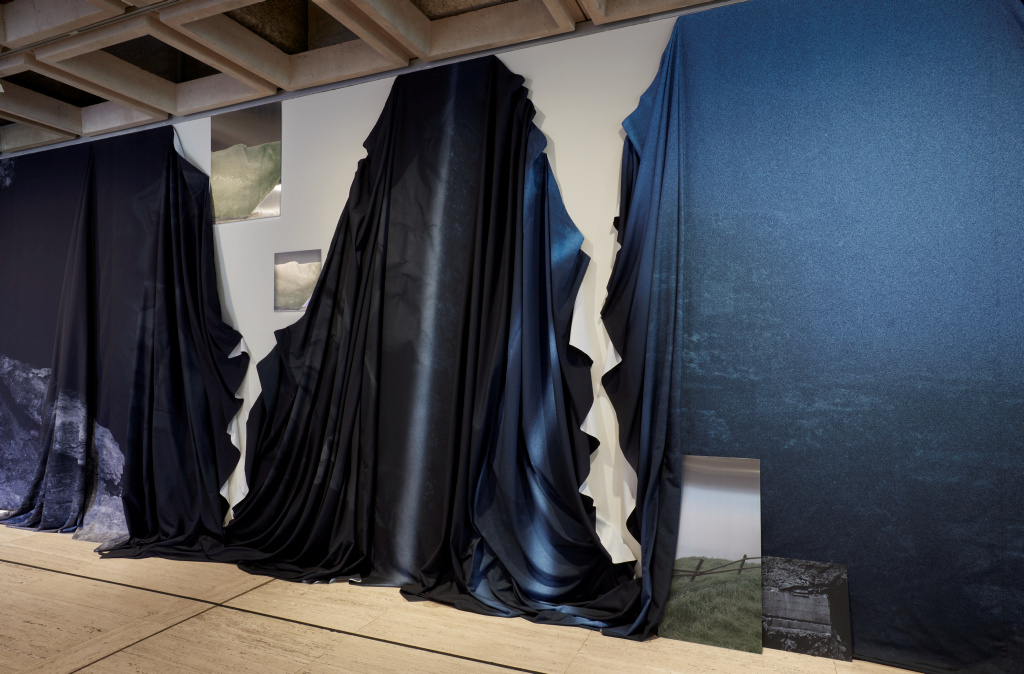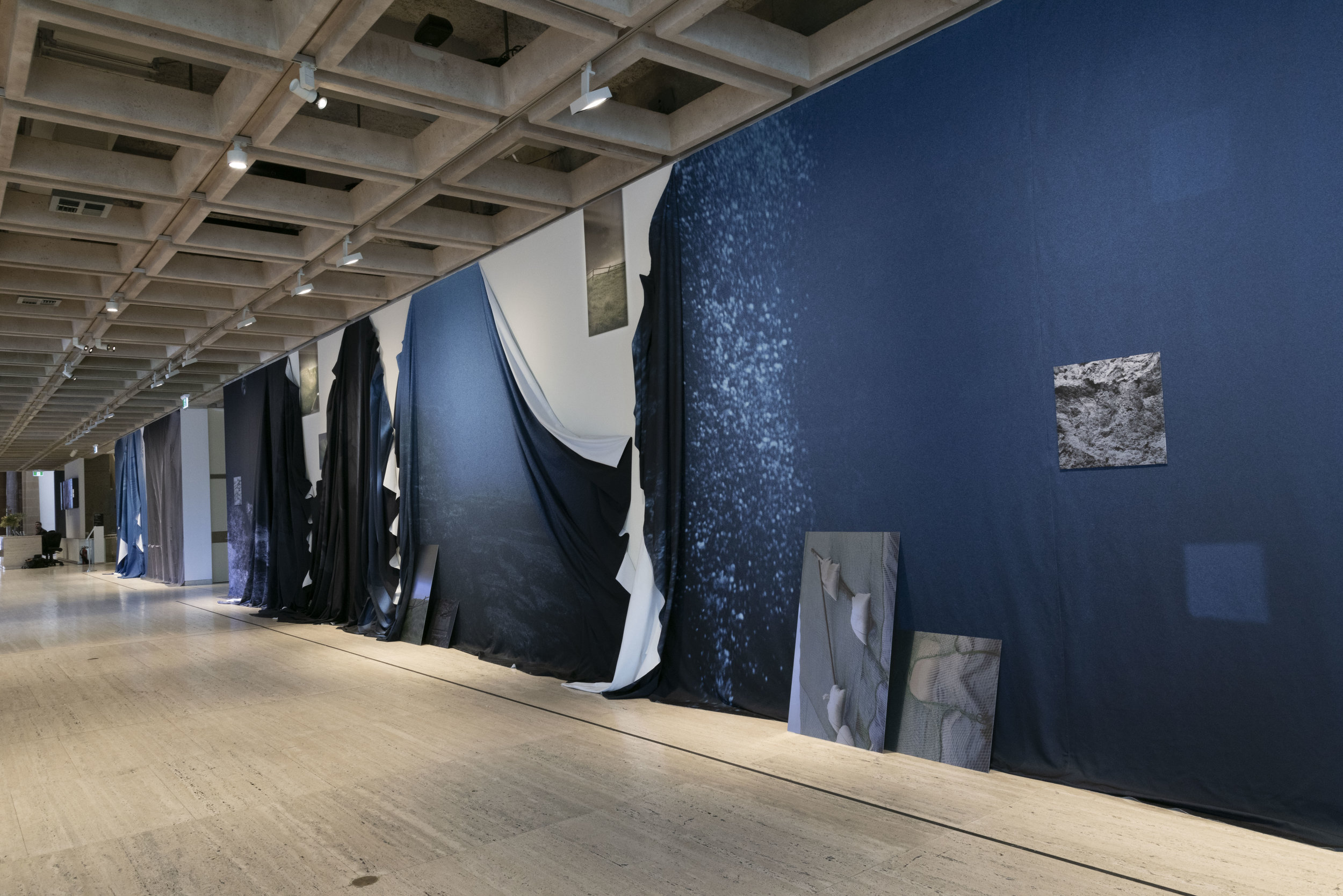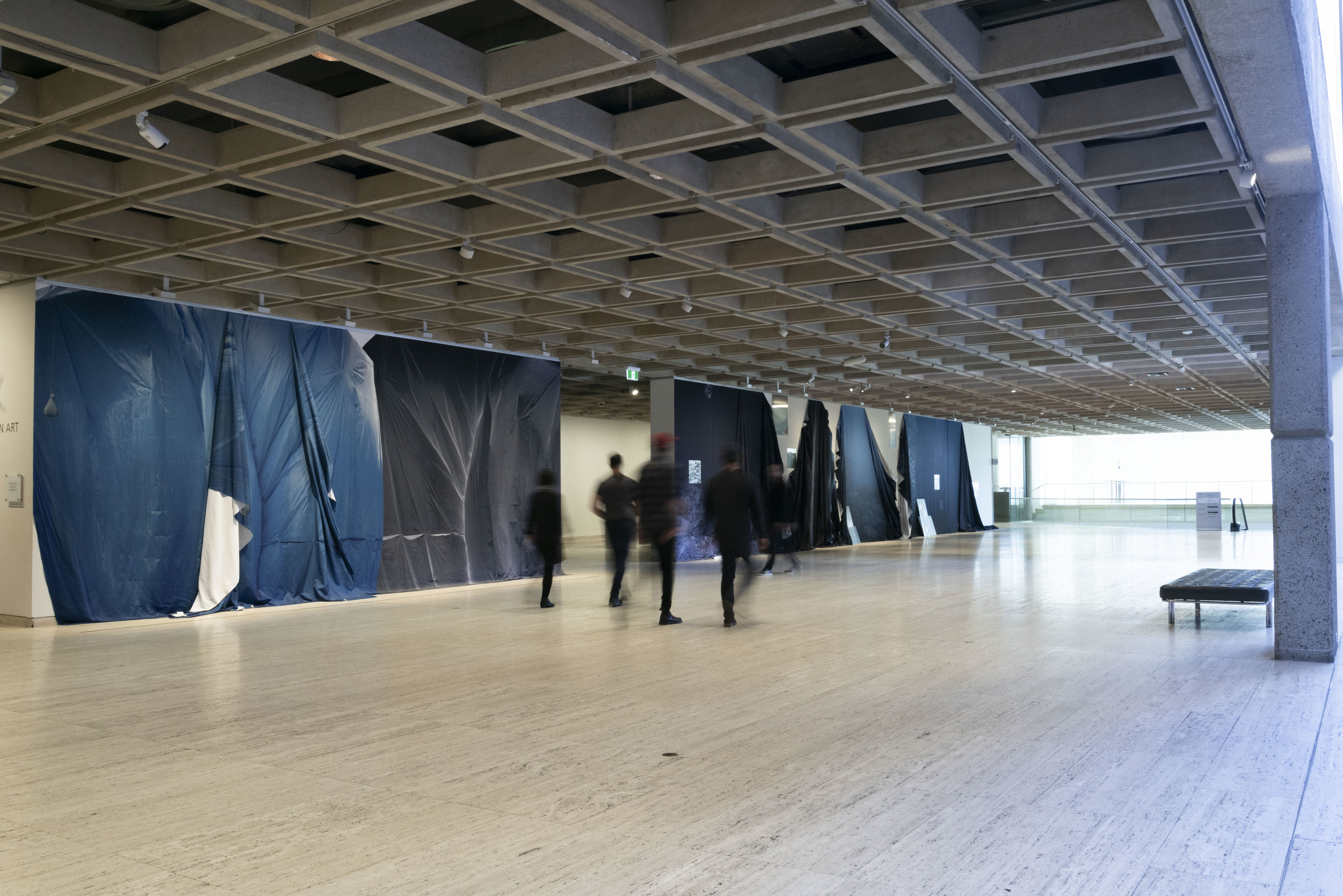Apparent distance
Art Gallery of New South Wales, Sydney
Curator: Isobel Parker-Philip
29 March - 3 July 2019
Commissioned by the Art Gallery of New South Wales for The National 2019: New Australian art
The National 2019: new Australian art presents the latest ideas and forms in contemporary Australian art, curated across three of Sydney's premier cultural institutions: the Art Gallery of NSW, Carriageworks and the Museum of Contemporary Art Australia. Curators for the 2019 edition are Isobel Parker Philip, Curator of Photographs, Art Gallery of NSW; Daniel Mudie Cunningham, Curator of Visual Arts, Carriageworks; Clothilde Bullen, Curator of Aboriginal and Torres Strait Islander exhibitions and collections and Anna Davis, Curator, Museum of Contemporary Art Australia.
______
In 1986, off the shore of Yonaguni, among its treacherous currents, near a fault line, at the meeting of the Pacific Ocean and East China Sea, a diving instructor named Kihachiro Aratake discovered a vast stone, made as if with steps, walls, altars, a road, an arched gate, a stone tablet, hidden under the surface of the sea. He named it Iseki Point – Point of Ruins, or Remains.
That same year, at the age of six, Izabela Pluta and her family left Warsaw for Australia. Of that childhood, she remembers nothing. In its place, she keeps a blank of forgetting, its surface decorated with hundreds of her father’s photographs. The story helps to configure a strange resistance in Pluta’s own photographs, with their mesmerising surfaces, their effect of disquiet. Wallpapers, murals, tricks of scale; photographs of buildings closed in plastic, lost objects, abandoned settlements, the edges of famous places, unpeopled, unidentified – Pluta’s work refuses to treat place as a souvenir or relic. It is often as though you can see, in her photographs, place as it is to itself – simultaneous, unreachable, abandoned, perpetually in the front of light.
Beliefs fill in that blank behind the monument off Yonaguni. It was made by the sea. It sank after an earthquake. At the end of the Ice Age, the sea rose up to drown it. It was a settlement, a shrine, a quarry. As evidence of the human, divers gesture at right angles, glyphs, rock forms like sculptures – a block of stone, for instance, with holes where the eyes would be, sea shadows wavering in their depths. The evidence is disputed. Nation, natural, human, civilisation, flood – Pluta sets the monument among disputed sovereignties. Her monument is that far-off thing that reveals, in how you choose to understand it, what you would believe. In you, its depths take place – the monument vanishes in cohering.
The monument is afloat offshore in blue abyss. ‘With no points of reference it is important for blue-water divers to avoid disorientation.’ (1) This colour, blue, Pluta has affiliated with romantic longing, through Walter Benjamin’s phrase Fernblick ins Blau – ‘the far-gaze into the blue’. Pluta is interested in how, when you come to the monument, the current carries you past it. The water plays tricks with distance – you cannot see it whole. In place of the depth that memory builds into a landscape, Apparent Distance (2019) reveals an experience of depth that is breathless, wordless. The artwork is made of photographs printed on draped fabric – photographs of the thing itself, photographs of photographs – immersive, far-off, disjunct, continuous; photographs alternately filled and emptied by the closeness of having once been there – a desire that moves inside sight, in and out, wanting and resisted, the way the photograph of a folded page leads your eye back into invented depths.
Apparent Distance folds, collapses, rises, alternating in and out, like breath. Falling from the wall, it refuses the dream of another place in that space out the back, behind the picture plane, where wrecked worlds heap their monuments; and promises it too, just ahead, or just behind you, trying to see it whole, stepping back and back – ‘and the Isle of Atlantis likewise sank below the sea and disappeared’. (2)
- Lisa Gorton
Notes:
[1] ‘Practices of science: blue-water diving’, Exploring our Fluid Earth: Teaching Science as Inquiry, University of Hawai’i, 2018, retrieved 2 October 2018, https://manoa.hawaii.edu/exploringourfluidearth/physical/ocean-depths/diving-technology/practices-science-blue-water-diving.
[2] Plato, Timaeus, trans. Donald J. Zeyl, Hackett Publishing, Indianapolis, 2000, p.11.
______
photo documentation: Diana Panuccio
Commissioned by the Art Gallery of NSW for The National 2019: new Australian art. This project has been supported by the Australian Government through the Australia Council for the Arts, its arts funding and advisory body, the NSW Government through Create NSW, and a UNSW Art & Design Faculty Research Grant
